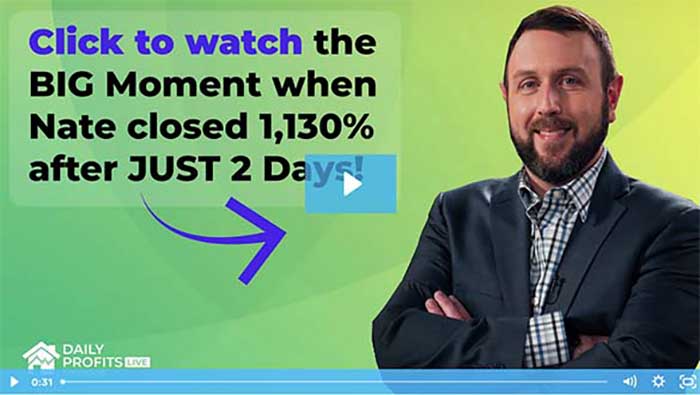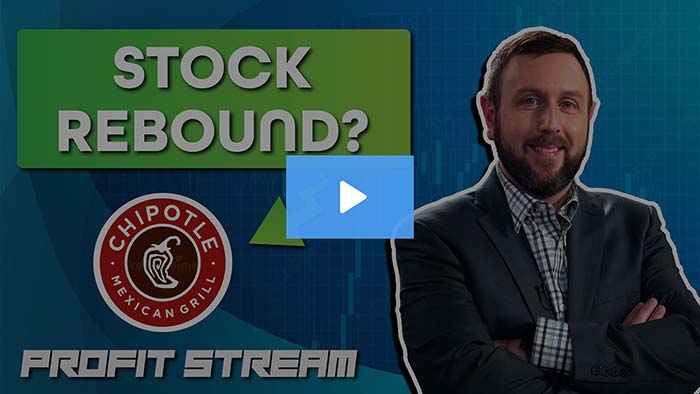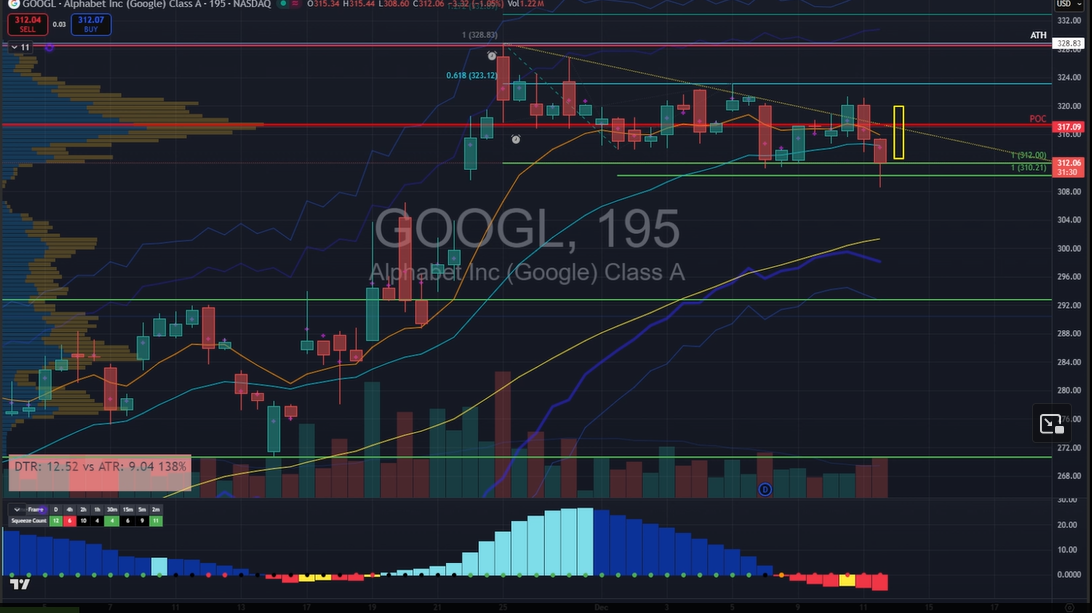The (Almost) Perfect Way to Prevent a Portfolio Blowup
The month of March has been rough if you’ve had any exposure to the banking sector.
The moves have been so severe that even reassurances from the Fed and the Treasury have fallen on deaf ears.
So what does this past week have to do with investing, and what’s the super important advice I am about to impart?
Well, it’s crucial to note that…
Amateur investors think about risk during down markets only.
But unfortunately, by then, it’s way too late.
It’s akin to calling an insurance agent when your house is on fire to ask about that policy you should’ve bought and renewed.
The market is not friendlier than a house fire when it starts heading the wrong way for you.
Your portfolio can be decimated in a heartbeat.
You might also notice that your account balance seems to decrease at a faster pace than it increases.
But, for every few thousand investors who lose their shirts when a particular stock tanks, there is always at least one savvy investor who was prepared.
You want to be that one.
There are quite a few ways to prepare for a down move…
But there is one primary way to protect yourself from blowing up your entire portfolio during a major market decline.
It’s not perfect, but it’s pretty darn close!
The idea is to position size in combination with a stop loss.
A stop loss is a specific price at which you will sell a stock if it reaches that level.
It prevents you from taking a bigger loss than necessary. For example, if you buy a stock at $10 and set a 25% stop loss, you are agreeing to sell the shares at $7.50 if they move lower. You lose 25% and no more.
But just having a stop loss is not enough. Not by a long shot.
Even with a stop loss, if you bet the ranch on a stock and the stock turns against you… you’ve lost a quarter of your property.
That’s why position sizing is more important than using a stop loss, and the combination of the two is unbeatable.
My position size recommendation for a stock purchase is that you should not spend any more than 4% of your investable portfolio on any position.
For example, if your portfolio is worth $1 million, then you should invest no more than $40,000 in any position.
That’s part one. Part two is applying a 25% stop loss to that position. So if your investment were $40,000, you would sell out of your investment if the stock fell by 25%.
That would leave you with $30,000 in cash.
But more importantly, your total portfolio would suffer only a $10,000, or 1%, loss.
Of course, these numbers are not exact and will depend on market conditions. But hopefully you get the gist. You want to limit your portfolio loss and the loss in each individual position.
Is it a perfect strategy? No, there is no such thing.
The worst thing that could possibly happen is the stock falling below your stop loss either before the market opens or after the market closes. This will not happen frequently, but it can happen.
However, you can sleep soundly knowing that the vast majority of the time, your maximum net loss from any single position in your portfolio will be only 1%.
![]()
YOUR ACTION PLAN
Position sizing forces you to become a disciplined investor and prevents you from falling in love with a stock or a story. That’s why we advocate for it religiously in The War Room. We have a 75% win rate on our trades in 2023… but thanks to this strategy, we know how to minimize our losses on the 25% of our trades that don’t pan out. Imagine how much safer you’d feel investing your money if you didn’t worry about how much you’d lose and you had the discipline to make confident trades. That’s what we do in The War Room.
Are you ready to finally start following along with us?

























